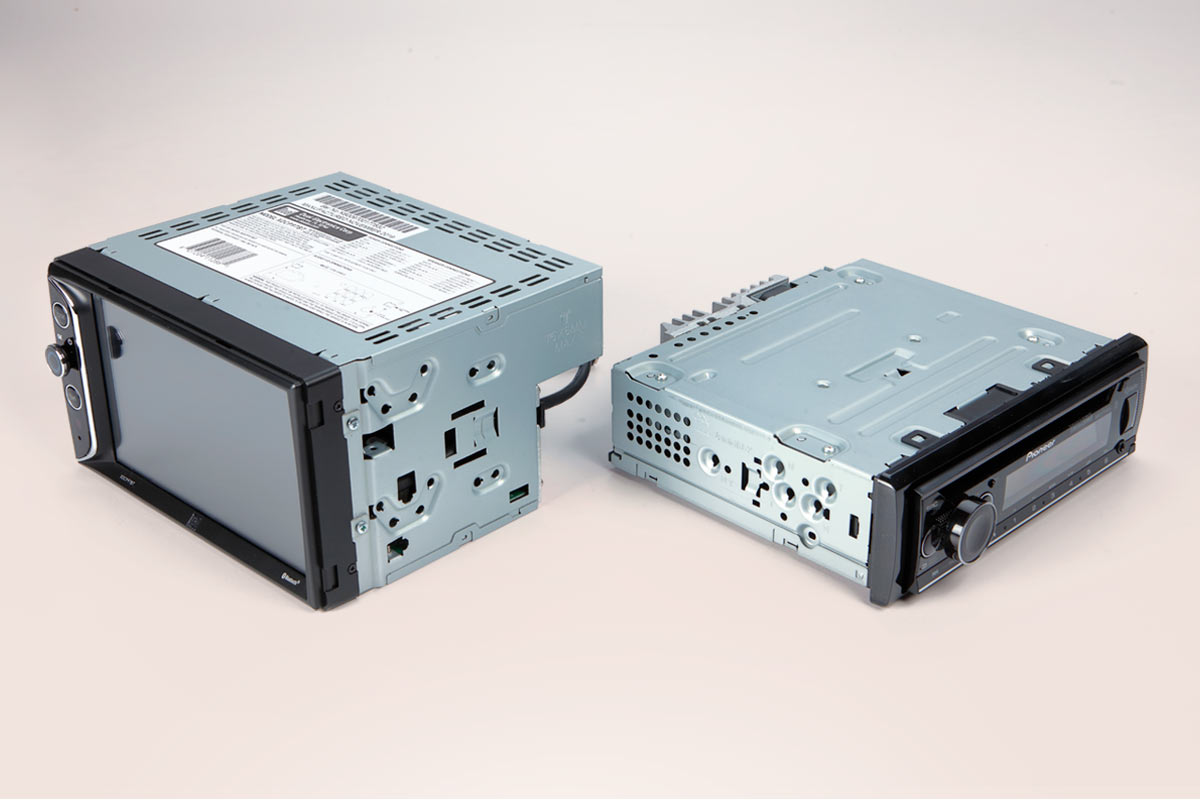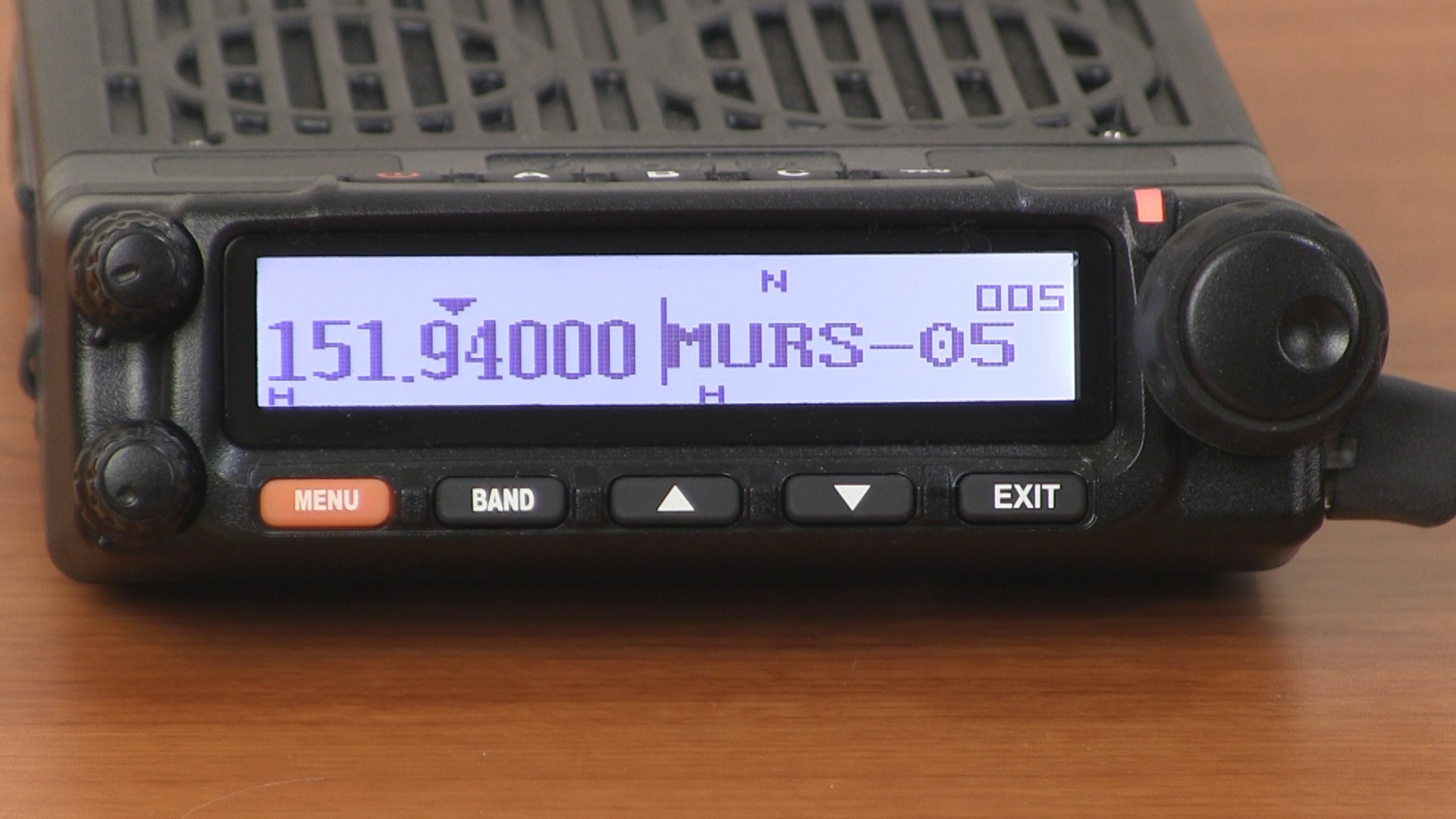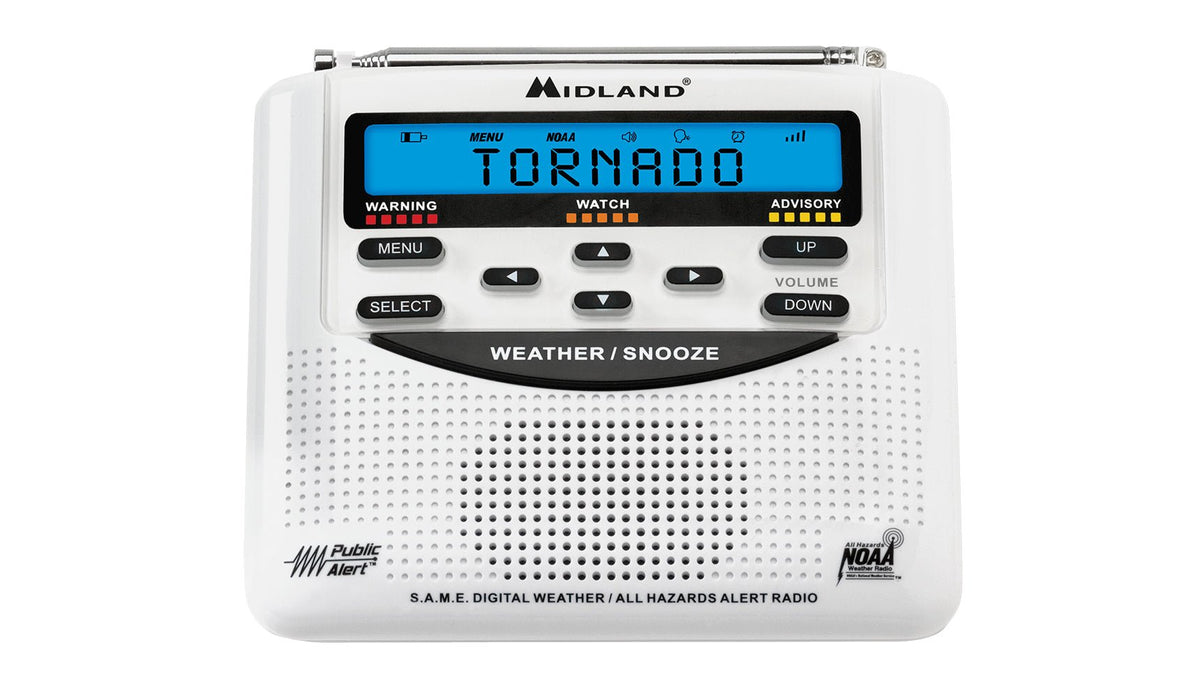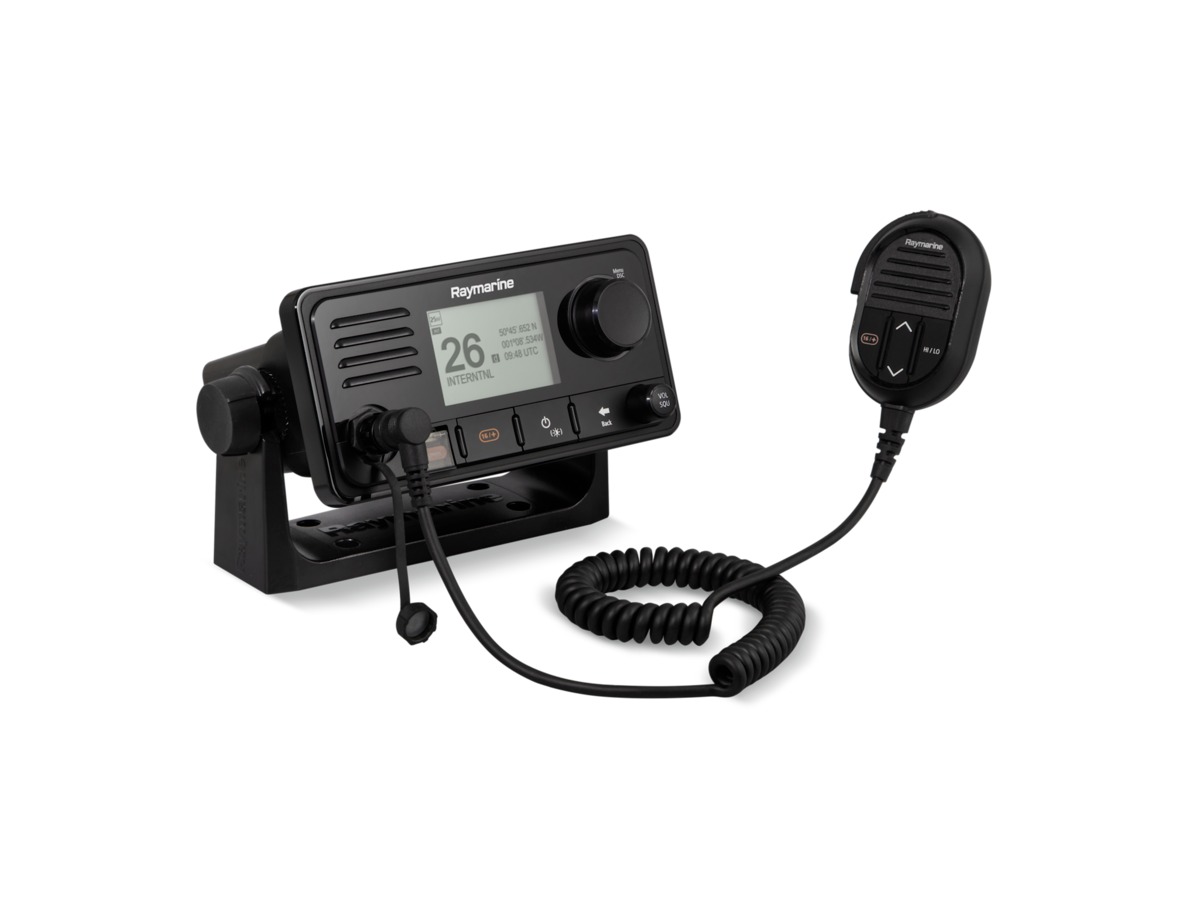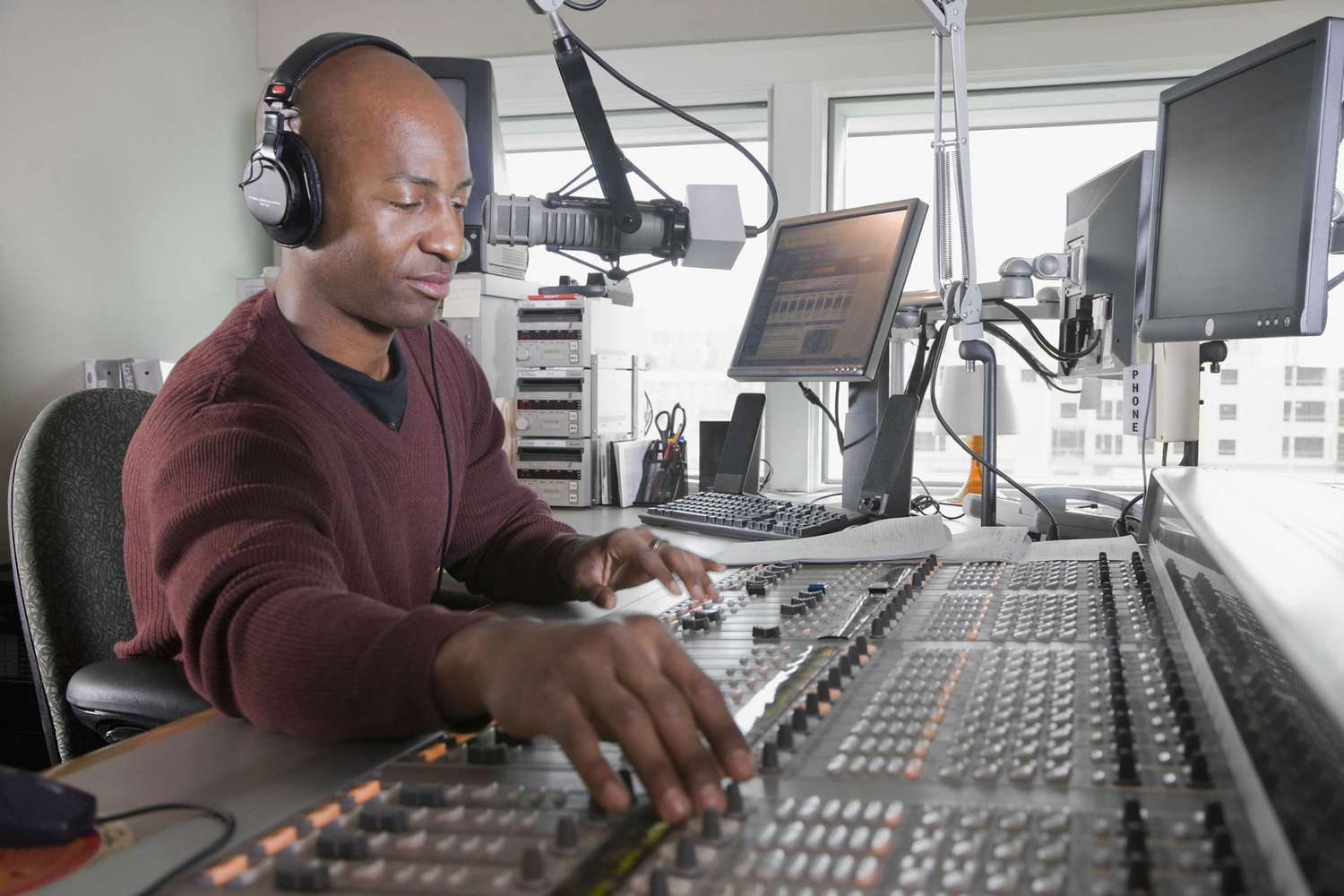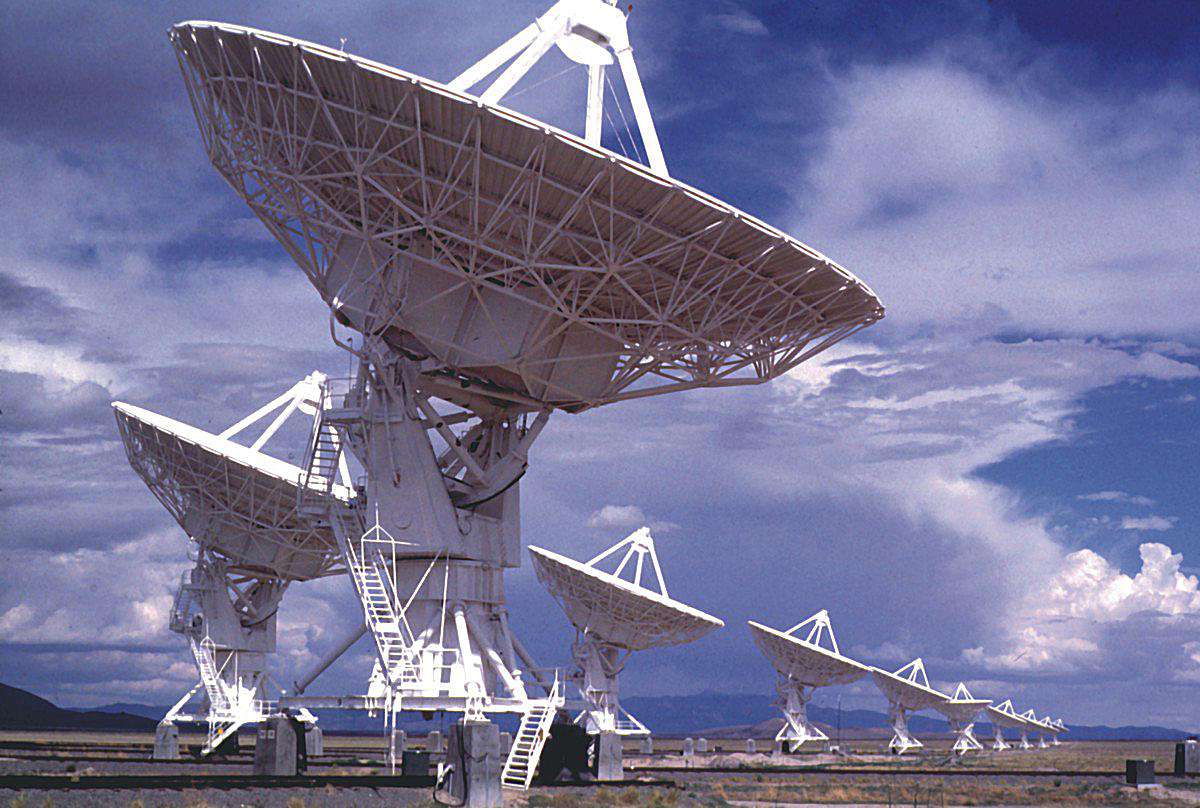Home>Devices & Equipment>Radio>What Is Dab Radio
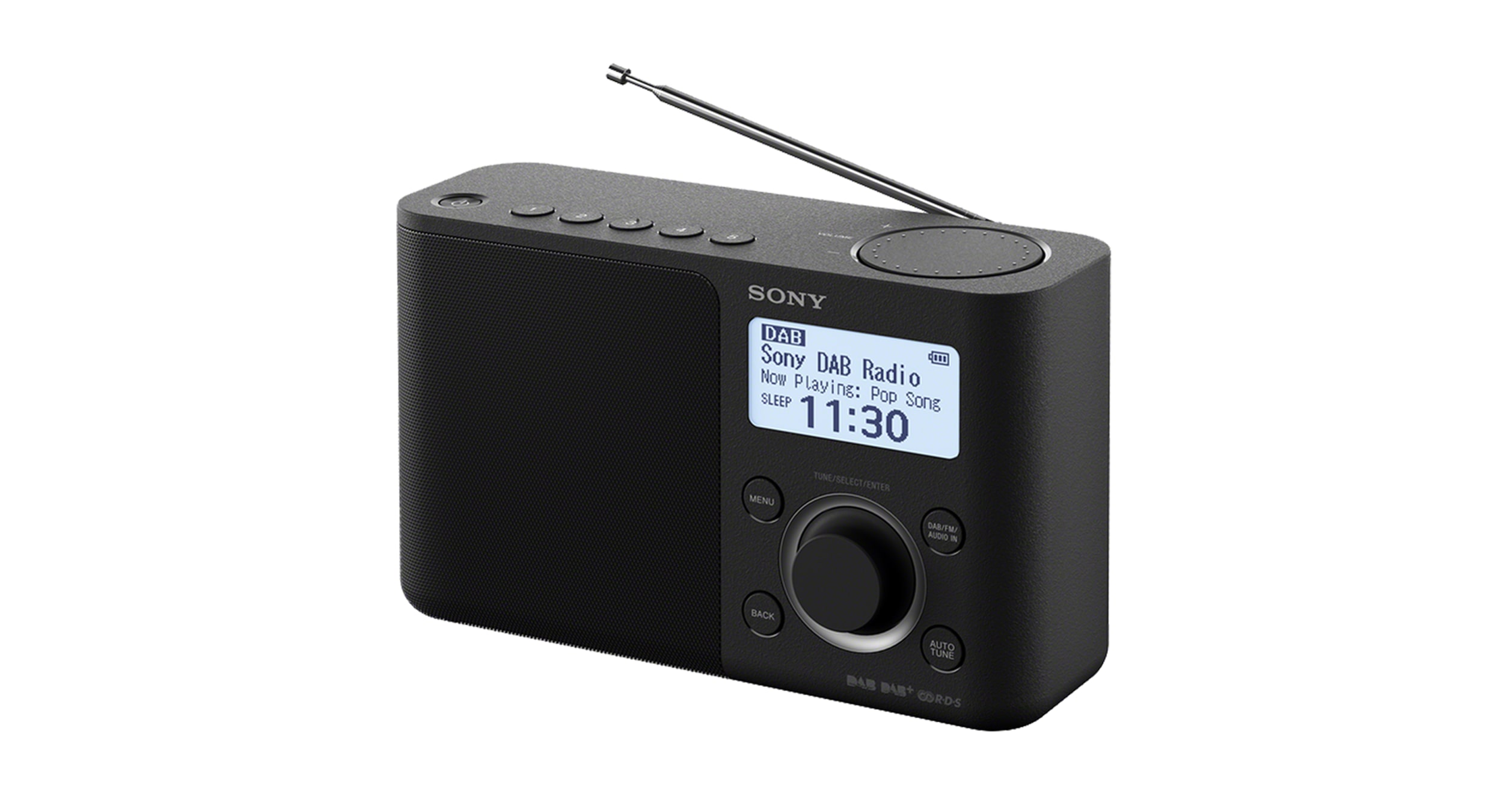

Radio
What Is Dab Radio
Modified: January 22, 2024
Discover the benefits of DAB radio and enhance your listening experience with clear and crisp sound quality. Stay tuned to your favorite stations with the convenience of digital technology.
(Many of the links in this article redirect to a specific reviewed product. Your purchase of these products through affiliate links helps to generate commission for AudioLover.com, at no extra cost. Learn more)
Table of Contents
Introduction
Welcome to the world of DAB radio, where traditional radio meets the digital age. Over the years, radio has been a trusted companion, delivering news, music, and entertainment to homes and cars across the globe. However, as technology advances, so does the way we consume media. This is where DAB radio comes in.
DAB, or Digital Audio Broadcasting, is a technology that allows radio stations to transmit audio content in a digital format. Unlike traditional FM or AM radio, DAB radio offers a wide range of benefits, including improved sound quality, more station choices, and additional information displayed on your radio’s screen.
In this article, we’ll take a closer look at what DAB radio is, how it works, its advantages and disadvantages, and how it compares to FM radio. We’ll also explore the future of DAB radio and its potential impact on the radio industry.
So, whether you’re a radio enthusiast looking to upgrade your listening experience or simply curious about the world of digital radio, join us as we journey into the fascinating realm of DAB radio.
Definition of DAB Radio
DAB radio, or Digital Audio Broadcasting, is a technology and broadcasting system that allows radio stations to transmit audio content in a digital format. Instead of using analog signals like FM or AM radio, DAB radio uses digital signals to carry the audio data. This means that the sound quality of DAB radio is often superior to traditional radio formats, with clearer reception and less interference.
One of the key features of DAB radio is its ability to transmit more than just audio. Alongside the audio stream, DAB radio can display additional information on your radio’s screen, such as the name of the currently playing song, the artist, and even traffic updates or news headlines. This provides an enhanced listening experience and allows listeners to stay informed without needing to rely on separate sources.
Another important characteristic of DAB radio is that it offers a wider range of radio stations to choose from. Traditional FM or AM radio is limited by the available frequencies in a specific area, whereas DAB radio can transmit multiple stations on a single frequency. This increased spectrum efficiency means that listeners have access to a greater variety of music genres, talk shows, podcasts, and other radio content.
With DAB radio, the way you tune in to radio stations also changes. Instead of manually tuning to a specific frequency, DAB radio uses a process called scanning. When you turn on your DAB radio, it scans the available frequencies and automatically locates all the DAB stations in your area. You can then browse through the list and select the station you want to listen to.
Overall, DAB radio represents a significant advancement in the world of broadcasting. With its digital signals, enhanced sound quality, additional information display, and increased station options, DAB radio offers a more immersive and feature-rich listening experience for radio enthusiasts and casual listeners alike.
How Does DAB Radio Work?
At its core, the functioning of DAB radio involves the conversion of audio signals into digital data that is then transmitted over a network of multiplexes, or bundles of digital data. Let’s dive deeper into the inner workings of DAB radio to understand how it operates.
When a radio station wants to broadcast their content in DAB format, the audio signal is first digitized. This process involves converting the analog audio waveform into a sequence of binary numbers. The digitized audio is then compressed using specialized algorithms to reduce the file size while maintaining the audio quality.
Next, the compressed audio data is combined with other digital information, such as station metadata (such as the station name and program information) and error correction data. This combined data is known as a multiplex. Multiple radio stations can be included in a single multiplex, sharing the available bandwidth.
The multiplexes are then transmitted over the airwaves using radio frequencies specifically allocated for DAB radio. These transmissions occur in discrete blocks of spectrum, called channels. Each channel can carry multiple multiplexes, resulting in a higher number of radio stations per frequency compared to traditional FM or AM radio.
Once the DAB receiver, such as a DAB radio or a DAB-enabled car stereo, captures the transmitted signals, it decodes the digital data. This involves separating the different multiplexes and extracting the compressed audio, metadata, and error correction data.
The error correction data plays a crucial role in ensuring reliable reception. It allows the receiver to detect and correct any errors that occur during transmission, reducing the impact of signal interference and enhancing the overall listening experience.
After decoding, the audio data is sent to the DAB receiver’s audio processing system, where it is decompressed, converted back into an analog audio waveform, and amplified. The result is the familiar sound that we hear through the speakers or headphones.
One of the advantages of DAB radio is its ability to seamlessly switch between different multiplexes. This allows for a smoother listening experience, especially when moving between areas covered by different transmitters.
In summary, DAB radio works by converting analog audio signals into digital data, compressing and combining it with other information into multiplexes, and transmitting these multiplexes over dedicated channels. The DAB receiver then captures and decodes the transmitted signals, extracting the audio and other related data for playback.
By harnessing the power of digital technology, DAB radio provides improved sound quality, an expanded choice of radio stations, and additional features compared to its analog counterparts.
Advantages of DAB Radio
DAB radio offers several advantages over traditional FM or AM radio, making it an attractive choice for radio enthusiasts and casual listeners alike. Let’s explore some of the key benefits of DAB radio:
- Improved Sound Quality: One of the most significant advantages of DAB radio is its superior sound quality. Unlike analog signals, digital signals are less susceptible to interference and static, resulting in clearer and more consistent audio. With DAB radio, you can enjoy a rich and immersive listening experience, with detailed highs and well-defined lows.
- Greater Station Variety: DAB radio offers an extensive range of radio stations to choose from. Due to the digital nature of transmission, DAB radio can pack multiple stations on a single frequency, providing listeners with a diverse selection of music genres, talk shows, podcasts, and more. Whether you’re a fan of pop, rock, jazz, or classical music, you’re likely to find a station that suits your taste on DAB radio.
- Additional Information Display: DAB radio goes beyond just audio by displaying additional information on your radio’s screen. This can include the name of the currently playing song, the artist, album details, and even news headlines or traffic updates. Having this information readily available enhances your listening experience and keeps you informed without the need for separate devices or sources.
- Easy Tuning: Tuning in to your favorite radio station becomes a breeze with DAB radio. Instead of manually searching for frequencies, DAB radios automatically scan and display a list of available stations in your area. You can then browse through the list and select the station you want to listen to, eliminating the frustration of fine-tuning and signal drift commonly experienced with analog radios.
- Reduced Advertising Time: DAB radio, especially digital-only stations, often have shorter advertising time compared to traditional FM or AM stations. This means more uninterrupted music or content for listeners, allowing them to enjoy their favorite shows without excessive interruptions.
These are just a few of the advantages that DAB radio offers. Additionally, DAB radio provides a more efficient use of the radio spectrum, paving the way for future technological advancements and ensuring the longevity of radio broadcasting in the digital age.
With its improved sound quality, diverse station variety, additional information display, easy tuning, and reduced advertising time, DAB radio offers an enhanced and enjoyable listening experience that is sure to please radio enthusiasts and music lovers alike.
Disadvantages of DAB Radio
While DAB radio offers numerous advantages, it’s important to consider its disadvantages as well. Here are some of the drawbacks that you should be aware of:
- Initial Cost: Upgrading to DAB radio may require an initial investment. If you don’t already own a DAB radio or a DAB-enabled device, you’ll need to purchase one. Although the cost of DAB radios has decreased over time, it’s still an expense to consider.
- Signal Coverage: While DAB radio coverage is expanding, it may not be available in all areas, particularly in remote or rural locations. This could limit your access to certain radio stations or result in weaker signal reception, affecting sound quality and overall listening experience.
- Reliance on Technology: DAB radio relies on digital technology, which means that any technical issues, such as power outages, network interruptions, or software glitches, can impact your ability to listen to radio stations. Traditional FM or AM radio, on the other hand, can still function during such events.
- Audio Compression: To fit multiple radio stations into a single multiplex, DAB radio uses audio compression techniques. While these techniques aim to maintain audio quality, some purists argue that the compression can result in a loss of dynamic range or subtle nuances in the audio.
- Obsolete Equipment: As technology evolves, older DAB radio models and equipment may become outdated, potentially leading to compatibility issues with newer standards and software updates. This may necessitate upgrading to newer models or devices to continue enjoying the benefits of DAB radio.
It’s worth noting that the disadvantages of DAB radio are largely subjective and depend on individual preferences, location, and circumstances. For many people, the benefits of DAB radio outweigh the drawbacks, especially as the technology continues to improve and become more widely adopted.
Ultimately, it’s important to evaluate your specific needs and considerations before transitioning to DAB radio to ensure that it aligns with your expectations and enhances your listening experience.
DAB Radio vs. FM Radio
When it comes to choosing between DAB radio and FM radio, it’s essential to consider the differences and advantages of each technology. Here’s a comparison of DAB radio and FM radio:
- Sound Quality: DAB radio generally offers superior sound quality compared to FM radio. The digital nature of DAB signals results in clearer reception, minimal interference, and better overall audio fidelity. FM radio, on the other hand, can be susceptible to static, signal degradation, and varying sound quality based on the strength of the signal.
- Station Variety: DAB radio provides a wider range of radio stations to choose from compared to FM radio. This is because DAB multiplexes can transmit multiple stations on a single frequency, offering listeners a greater variety of music genres, talk shows, and specialized content. FM radio, while still offering a decent selection of stations, is limited by the available frequency spectrum in a particular area.
- Additional Information: DAB radio displays supplementary information on the radio’s screen, such as track information, artist details, and news updates. This additional information enhances the listening experience by allowing listeners to stay informed and engaged with the content being played. FM radio does not have the capacity to provide this level of interactive information.
- Tuning and Convenience: DAB radio offers effortless tuning and convenience compared to FM radio. With DAB, you can easily browse through a list of available stations and select the one you want to listen to. DAB radios automatically scan for available stations, eliminating the need for manual frequency tuning. FM radio requires precise tuning and occasional adjustments to obtain optimal reception.
- Coverage: FM radio generally has more extensive coverage compared to DAB radio, particularly in remote or rural areas. FM signals can travel long distances and penetrate obstacles effectively, ensuring a reliable signal in various locations. DAB radio coverage is expanding, but there may still be areas with limited or no DAB signal availability.
It’s important to consider your specific needs and preferences when deciding between DAB radio and FM radio. If sound quality, station variety, and interactive features are crucial to you, DAB radio may be the better choice. However, if widespread coverage and familiarity are important factors, FM radio might still be a suitable option.
It’s worth noting that both DAB and FM radio coexist and complement each other. Many radio stations are simulcast on both DAB and FM, allowing you to choose the technology that best suits your preferences and location.
Future of DAB Radio
The future of DAB radio looks promising, as the technology continues to evolve and gain popularity among listeners. Here are some key developments and trends that shape the future of DAB radio:
- Expanding Coverage: Efforts are underway to expand DAB radio coverage to reach more areas and improve signal strength. This means that more listeners will have access to a wider range of digital radio stations and enjoy the benefits of DAB radio.
- Technology Advancements: With ongoing technological advancements, DAB radio is expected to enhance its audio quality even further. Improvements in audio compression algorithms and transmission techniques will result in even clearer reception, higher sound fidelity, and enhanced listening experiences.
- Integration with Connected Devices: The integration of DAB radio with connected devices, such as smartphones, smart speakers, and cars, will make it easier for listeners to access digital radio in various settings. This integration will provide seamless control and convenience, allowing users to enjoy their favorite radio stations anywhere and anytime.
- Greater Content Diversity: As DAB radio continues to gain popularity, content creators have the opportunity to explore new formats, genres, and niche markets. This means that listeners can look forward to a more diverse range of radio programming, catering to varied interests and preferences.
- Hybrid Radio: Hybrid radio, which combines DAB radio with internet connectivity, is an emerging trend that offers the best of both worlds. It allows listeners to enjoy the benefits of DAB radio while seamlessly accessing online content, such as podcasts, streaming services, and on-demand shows.
In addition to these developments, DAB radio is likely to play a significant role in the transition to digital broadcasting. As traditional analog radio services phase out in certain regions, DAB radio will offer a reliable and efficient alternative for broadcasters to reach their audiences.
It’s important to note that the future of radio is not solely dependent on DAB technology. Other digital platforms, such as streaming services and internet radio, also play a significant role in the evolution of the radio industry. However, DAB radio continues to gain traction and evolve as a reliable and accessible broadcasting medium.
As the technology and infrastructure supporting DAB radio continue to advance, listeners can expect an increasingly interactive, diverse, and personalized listening experience. Whether it’s through improved sound quality, expanded station options, or seamless integration with digital devices, the future of DAB radio looks promising and exciting for radio enthusiasts and casual listeners alike.
Conclusion
DAB radio has transformed the way we listen to radio, bringing the benefits of digital technology to the world of broadcasting. With its improved sound quality, extensive station variety, additional information display, and ease of tuning, DAB radio offers a more immersive and convenient listening experience compared to traditional FM or AM radio.
The advantages of DAB radio, such as superior audio quality, access to diverse radio stations, and interactive features, make it an appealing choice for both radio enthusiasts and casual listeners. Furthermore, the future of DAB radio looks promising, with expanding coverage, technology advancements, integration with connected devices, greater content diversity, and the rise of hybrid radio.
While DAB radio has its drawbacks, such as initial costs, limited signal coverage, and reliance on technology, these factors are continuously being addressed as the technology evolves and becomes more accessible to a wider audience.
DAB radio and FM radio coexist, offering listeners the flexibility to choose the technology that suits their preferences and location. Furthermore, the transition to digital broadcasting is underpinned by the reliability and efficiency of DAB radio as analog services phase out in certain regions.
As we embrace the future of radio, DAB radio stands as a testament to the advancement of technology in enhancing the way we engage with audio content. Whether you’re seeking better sound quality, a broader range of stations, or additional information at your fingertips, DAB radio is a compelling choice that brings the radio experience into the digital age.
So, whether you’re upgrading your current radio setup or considering a new device, consider the world of DAB radio and embark on a journey of enhanced audio immersion and discovery.



